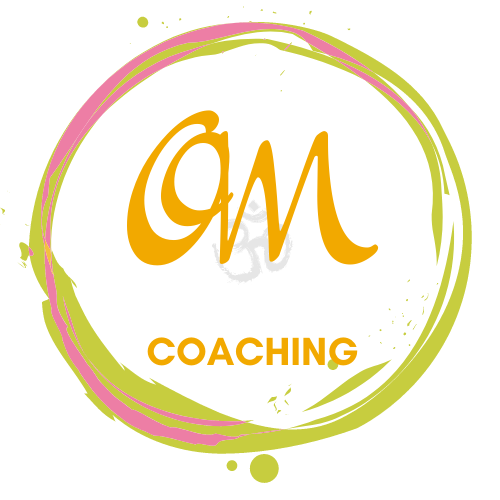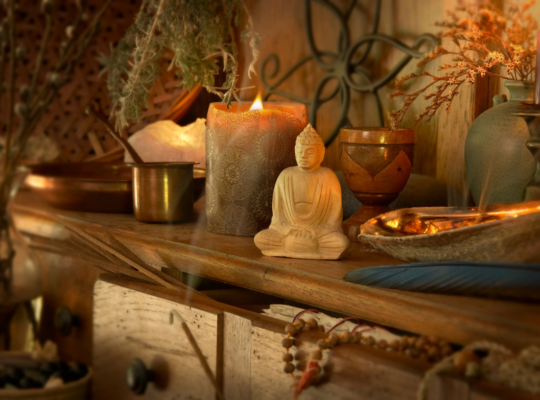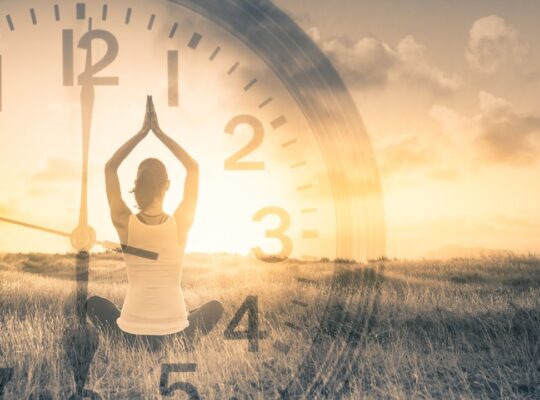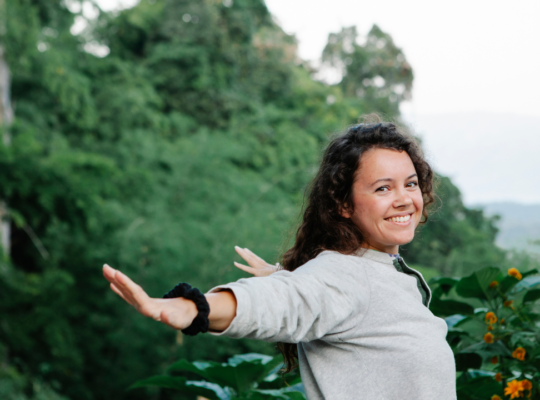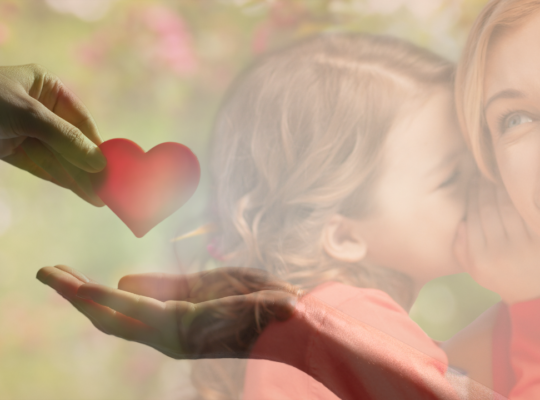How are you Staying Mindful?
No kidding!
The year 2020 was more than a reset for many people.
Parents and caregivers had to react to multiple levels of uncertainty – homeschooling, taking care of elders, a threat to health, deaths of loved ones, and the absence of financial security.
As we enter 2022, we enter our second pandemic winter.
Just when we think we are in the clear, or some type of “normal” is about to return, we find our lives threatened by a new wave.
With each wave, the resiliency of parents is being further tested.
Mompreneurs like myself have the added challenge of what I call “distraction management” – a couple of years ago, many of us had barely acclimated to situations that included impromptu troubleshooting our kid’s zoom calls or trying to quickly run to the market when you know stores will be less crowded.
Two years into this global pandemic, the distractions continue with news of the “next wave” or “cases going up”.
Emotions of overwhelm are triggered daily, including when our kid’s schools report new positive cases.
Many of us have been channeling our energy on surviving these ongoing day-to-day challenges, including keeping our immunity healthy. These circumstances have left many of us with little time to focus our energy on other facets of our life. It’s easy to lose awareness that our life has lost a sense of balance and focus on our emotional or spiritual health.
The struggle is real.
Mindfulness: A Parent’s Superpower to Building Resilience
So, how does a busy parent, or mompreneur build their own resilience? How does a parent make time for such self-care?
The sentiment in the past has been that you have to become a monk and retreat into the rural forest for solitude and inner revelations.
If you’ve learned anything during this pandemic era, especially as a mom, is that escaping to a retreat isn’t practical. Besides, even a few days away doesn’t really change your circumstances. The real magic is when you can experience even brief moments of monk-like peace and stillness within the sometimes chaotic context of your life at home, through the seamless integration of mindfulness.
Wait, does the word “mindfulness” sound too esoteric? Has this word become so mainstream that it feels more like a fleeting fad?
Pause for a moment to understand what “mindfulness” really means for you.
One way to think about this concept of “mindfulness” is to think of it as a tool to build your resilience in order to better manage the ups and downs of life with more ease.
What “mindfulness” doesn’t mean is that you will be in a constant “state of chill”, or that you will not feel fear or frustrations. Our minds are designed to be busy, particularly when flooded with information that invokes concerns for our wellbeing or the wellbeing of our children.
We can’t force our minds to stop thinking, or just relax. However, we can build certain traits.
The practice of mindfulness allows us to build traits like awareness. Awareness of the state of our mind, or awareness of how we are responding to the inherently changing circumstances of the world around us.
Practicing mindfulness could be thought of as integrating pragmatic skills that can be applied to not only managing stressful situations but also applied proactively in daily activities.
Mindfulness meditation is a practice to cultivate specific skills, such as awareness or patience. Unlike some forms of meditation, such as Yoga Nidra which is intended to help your body relax, mindfulness meditation may not induce relaxation. It’s not easy to just relax or calm the mind, however, you can cultivate skills such as patience or awareness that become second nature in how we engage in daily life.
So, think of mindfulness as the practice of building awareness, patience, self-compassion, and resilience. These practices eventually become a seamless part of how you engage in daily life activities or circumstances.
If you think you would benefit from cultivating skills like resilience, then consider integrating the below three practices into your lifestyle. Daily practice of these skills over time reinforces key traits such as patience so that they inherently become part of daily life. Over time we notice the subtle shifts that make life easier.
Here are three practices to bring back mindfulness into your lifestyle:
- 1. Design Your Ideal Mindful Morning Routine: A simple yet impactful practice to clear overwhelm is to manage those pesky distractions is to design your ideal morning routine. Routines in general are a powerful way to practice resilience. Start by identifying inherent tasks that are part of your morning, and assess your schedule. This is so important because it will help you figure out exactly where much of your energy is spent, and it may uncover opportunities to set the tone for your day. In your morning routine consider integrating a daily self-care practice. What rituals do you include in your routine that vitalizes you? For example, a morning routine that includes making a hot cup of fresh-squeezed lemon water with green tea is a simple way to wake up and ground the body.
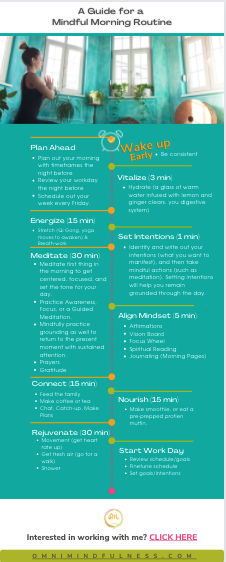
A Guide for a Mindful Morning Routine: This graphic illustrates how to structure your morning with a mindfulness practice that empowers you to be resilient from the moment you start your day.
Click the button to access the Mindful Morning Routine Guide.
- 2. Give Yourself Space to Pause: Assess your typical day to reflect on when you give yourself space for your personal wellness. The concept of creating space is important as it helps you consciously incorporate mindful moments throughout your day. This space could be super simple, such as sitting on the edge of your bed just before bed, for a short breathwork exercise or a brief guided meditation to slow down the pauses between the breaths, and spaces between the thoughts. Or this space can be created by giving yourself permission to pause while actively performing an activity, and allowing yourself to be present in that moment by connecting to your breath.
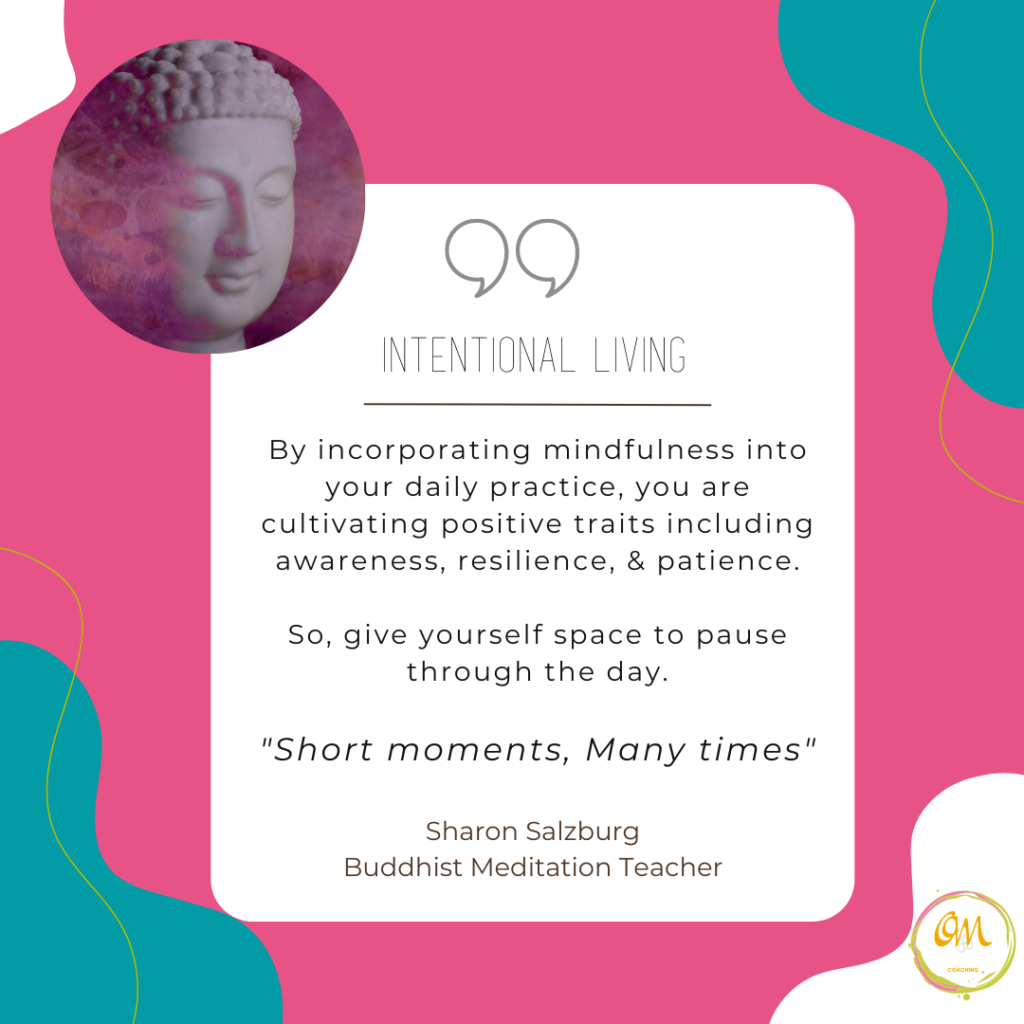
- 3. Listen to Yourself: Learn to deeply listen to yourself – body, mind, and spirit. Consider a journaling approach that includes introspection of areas of your life you want to shift your habits, attitudes, behaviors, or thinking patterns. Through this practice you gain awareness of where you can shift your energy, and focus on the postive through a gratitude list. In addition to journaling your thoughts, consider journaling how you are feeling in your body. This body-centered knowing is often referred to as somatic journaling. By deeply listening to your body you may discover sources of physical discomfort, and by further listening, you may uncover emotional triggers, and the energy blocks in your body. Your emotions are a combination of your thoughts and feelings. Your feelings are how you are interpreting the energy flow in your somatic body. Cultivate the art of listening to signals you recieve from your body to consciously reduce stress and heal. Journaling can be done as “stream of consciousness” or through drawings, and should flow without judgement and free of editing.
All of these practices add up in terms of how you can remain resilient.
These practices when performed with intention are rituals that help you get energized, remain grounded, and prepare you to become more present. And most importantly these practices help you proactively and calmly manage life’s ever-present chaos and unpredictable scenarios.
